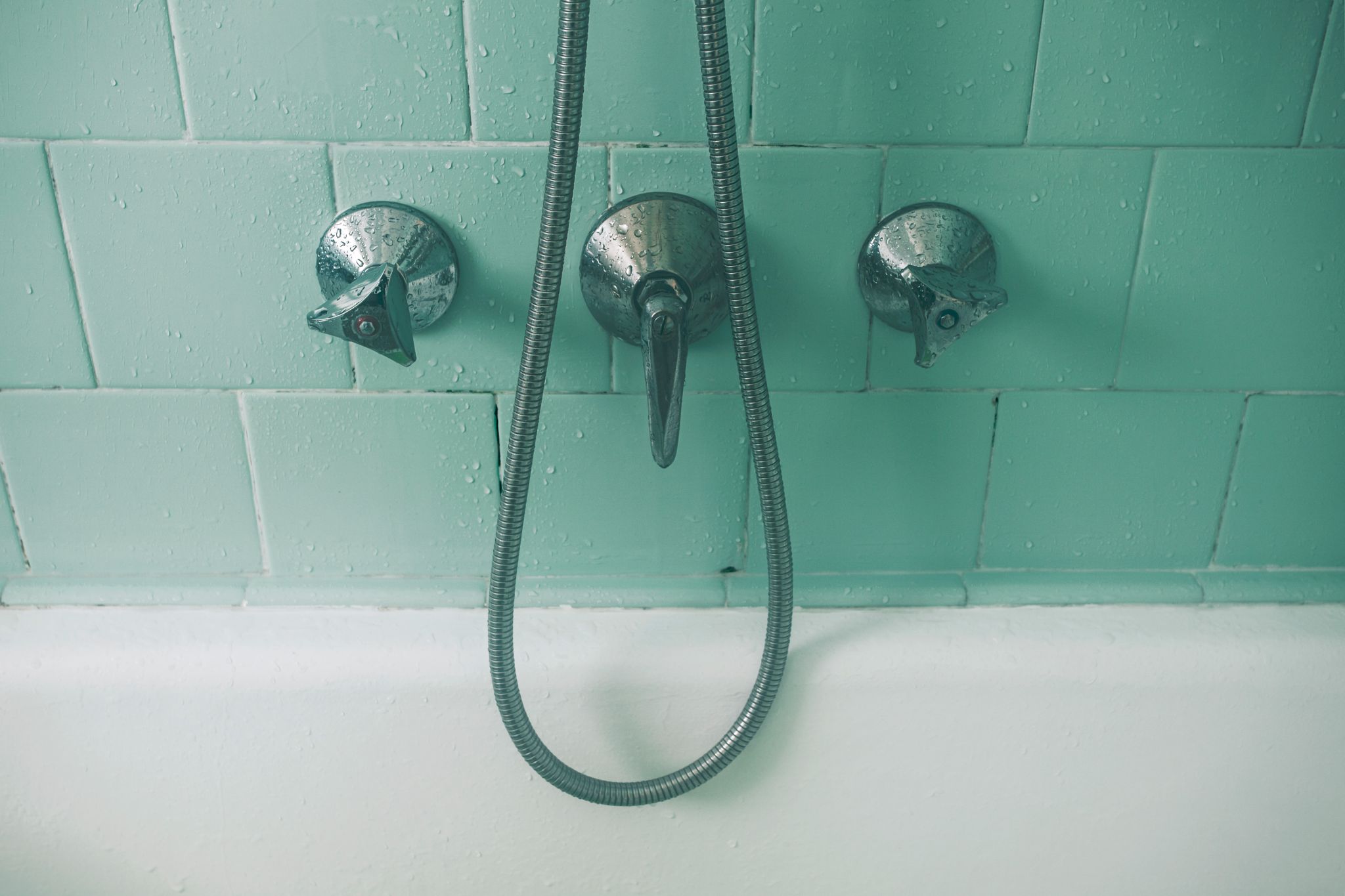Ugh. Mold. It's ugly and tenacious — the uninvited guest that keeps visiting no matter how rude you are to it. But, unwittingly, you may be setting up the perfect conditions for mold's return: a food source, lots of moisture, and a pleasant temperature.
"You've got to eliminate one of those three legs of the stool so mold won't grow," says Pete Duncanson, senior director of training and development at ServiceMaster Brands. "And it's always easier to prevent than to remediate."
Assuming you like warm showers and a comfy thermostat setting, there's not much you can do about the temperature mold loves. But you can get rid of mold — and permanently prevent it — by controlling the other two factors: food and moisture. Here's how.
Starve It Out
Mold is a horror flick cliché. It's everywhere. It's alive. It spreads by spores floating in the air. And it can grow on any surface — porcelain, plastic, copper, silicone — as long as that surface is coated with organic matter.
"Mold doesn't live on your shower walls or the grout or caulk; it actually lives on the deposited skin cells and soap residues (that have your skin cells in them)," Duncanson says. So. Gross. So, yes, if you want to get rid of mold, you gotta break out the cleaning bucket. There's no way around it. But the good news is you don't need toxic cleaners. Soap and water work just fine, with some elbow grease, says Bob Justewicz, vice president of marketing at IMS Laboratory, part of the National Association of Mold Professionals. But two warnings:
- Don't bleach it. Online chat rooms and myriad websites might have you believe that bleach kills mold. Both professionals say it's not true. "Bleach or peroxide removes the stain, but they don't kill the mold," Duncanson says.
- Don't scrape it. Remember, mold is alive (it's ALIVE!) and reproduces through microscopic spores. "If you brush [mold spores] with your hand, they just go into the air and look for new places to colonize," Duncanson says.
What about those daily shower sprays? Will they work? They are of some benefit, says Duncanson. They help push mold's food sources down the drain. But as a solo act, no, they won't keep your bathroom clean.
Dry It Out
How? Use your exhaust fan. "Running the fan any time the bathroom is in use is a good idea," Duncanson says. "Then leave it on for 30 minutes after or at least as long as the shower ran."
But make sure your fan actually exhausts outside through the roof or a side soffit and not into the attic. "If it's going into the attic, you're causing moisture to go into an unconditioned space, and you can cause mold growth there."
No exhaust fan? "Any movement of air will help dry out the bathroom," says Justewicz. "Even a desk fan on the vanity will help."
After a shower, use a towel or squeegee to wipe down shower walls. Open the shower curtain to let it dry. Mop any water spills on the floor and counters. Avoid piling in too many shampoo and body wash bottles. They're a perfect place for moisture and mold spores to hide.
Related: 10 Mold Prevention Tips
Make It Stay Away
Here are a few more tips if your bathroom mold seems especially strong-willed:
Recaulk. Mold adores crevices — probably because it knows you can't reach it there. If lots of mold has built up on your caulking, it's probably because it's spread deep into unseen spaces behind it. If so, recaulking may solve the problem. Just be sure to follow these tips to keep the problem from getting worse:
- Once you've removed the compromised caulk, thoroughly clean and dry the area before putting down new caulk.
- Use caulk labeled specifically for the bathroom, which means it will resist mold.
- Let it cure for at least 24 hours (or as long as it needs to) before taking a shower or bath. If it's not dry, moisture can creep back in, undoing all your hard work.
Check everywhere for mold. If it keeps coming back, it may have a colony somewhere you haven't found. Check behind the toilet and under the sink. Moist drywall and wallpaper are tasty treats for mold.
Install a humidity monitor. Affordable at around $10, they can let you know when moisture is building before it turns into an indoor rain forest.
Know when to get help. If it keeps coming back or you see mold areas the size of a quarter or larger, you want professional help. "You're dealing with excessive moisture or a food source that needs to be controlled," Duncanson says.
How to Get Rid of Bathroom Mold
- Use soap and water, not bleach. Bleach discolors mold but doesn't get rid of it.
- Keep your bathroom as dry as possible. Use squeegees on shower walls and doors. Use an exhaust fan religiously. Wipe wet areas with dry towels.
- Recaulk your tile if necessary. Be sure to get caulk intended for humid and wet areas, like bathrooms.
- Get a humidity monitor to let you know when moisture is building up to mold-friendly levels.
Related:
